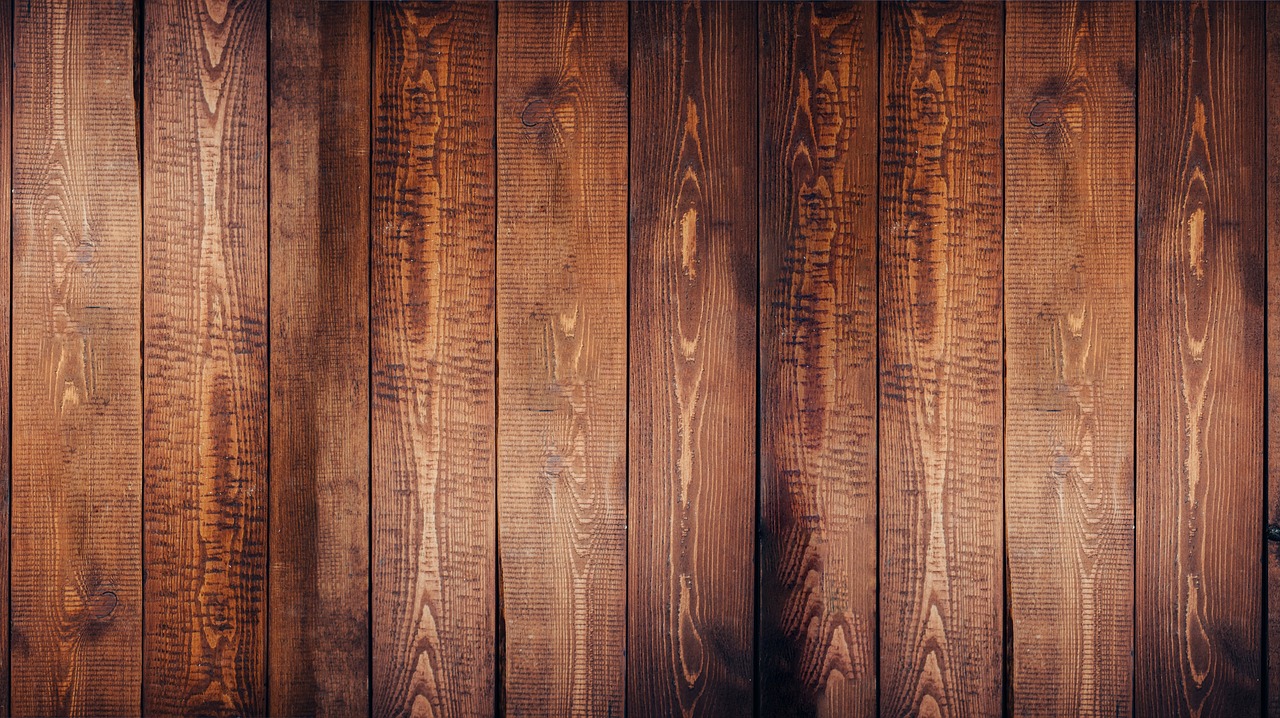To add more details to the previous post, I was talking to my friend, John Sandvik, about his company, Sandvik Materials Technologies (and yes I know its not the actual name). Here is the part where I tell you to head here to hear John talk about how his company is a “sandvik materials tech” company.
This whole story is just so damn awesome. I can’t believe that I’m about to post this. I have to stop here because when I was a kid we were sent to a school that had a sandvik materials tech class. While I was there, I got the chance to see what they had to show us. They were using sandvik materials to make a space suit that would allow you to fly.
Sandvik materials are an alternative to carbon-fiber composites in some ways. They have the ability to use a lighter material for the interior of a space suit, and they provide a material that can be molded into a shape. This is great because they could create a space suit that is a bit lighter than a carbon fiber suit (which is a great idea in general) but still very durable.
This is great because the material is also a light material. If you have the right equipment, you can even use it in a place where the lightest material is not an option, so you can have something that is light, durable, and also be able to be molded into a shape. The only thing I’m not so sure about is that the space suit may be a bit of a hassle to put together. You have to cut pieces of material and then glue them together.
But that’s not the only problem with fiber suits. The only way to get the material to stick to the skin is to get a very thin piece of it (like a thread) and then run it through a very thin opening (like a straw) and fill that opening with glue (like duct tape). If you want to be able to mold it into any shape you want, you’ll have to use a very thin piece of fiber material (like a thread).
I can’t tell you how many times I’ve sat in a fiber suit and been bored out of my pants. But it’s nice to know that there’s something more to fiber-suit technology than just getting materials to stick to their host. It turns out that the materials tech used in sandvik is actually quite advanced. It can be used for other purposes besides fabricating spacesuits as well, and it can be made to be both flexible and lightweight.
I think you could make a really awesome sandvik suit of some really flexible and light materials. But, you have to get the host of a sandvik to work with it properly. There are a couple big problems with this though. First, you don’t want to be using sandvik to make tools because it can rust and break the way a hammer does. They are also quite complicated so you can’t just use a hammer to produce the right amount of impact force.
And then there’s the fact that you want to make a thing that’s lighter than a sandvik as well as flexible, so you basically want something with a handle and a hammer. Sandvik is also a really bad idea as it’s so big and you have to use it to cut things out of the ground. That sucks.
A more important reason to not use sandvik is that it is brittle. If you ever saw a sandvik hammer, you would realise that the hammer is just a handle and a few bits of sandvik. In fact, a sandvik hammer is not really a hammer at all and is actually a plastic ball.
Like a hammer, sandvik is also a very bad idea on its own because it is brittle. If you ever saw a sandvik hammer, you would realise that the hammer is just a handle and a few bits of sandvik. In fact, a sandvik hammer is not really a hammer at all and is actually a plastic ball.

